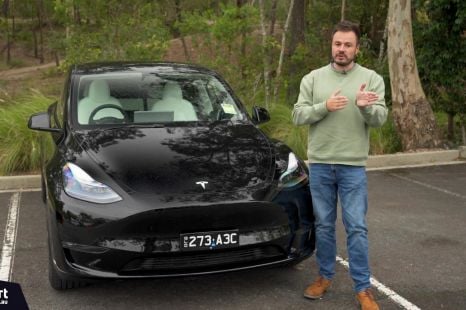

Paul Maric
This Tesla self-drove me 50km to Bunnings on its own (almost)
6 Days Ago

Contributor
The reborn, electric-only Nissan Micra and a new-generation Leaf are due to go into production within the next 12 months or so, giving the Japanese brand more competitors in a growing market.
In a presentation last week, Nissan detailed seven of its next models to launch, which included two hybrids, two ‘refreshed models’ and three electric vehicles (EVs).
One of the two EVs was the already revealed N7, which will be a China market-only sedan produced by joint venture Dongfeng Nissan.
However, the two other EVs were the “future version of [the] Leaf”, as well as an “all new compact EV”, both of which are due to enter production this Japanese fiscal year.
Japanese fiscal year 2025 runs from April 1, 2025 to March 31, 2026.
Hundreds of new car deals are available through CarExpert right now. Get the experts on your side and score a great deal. Browse now.
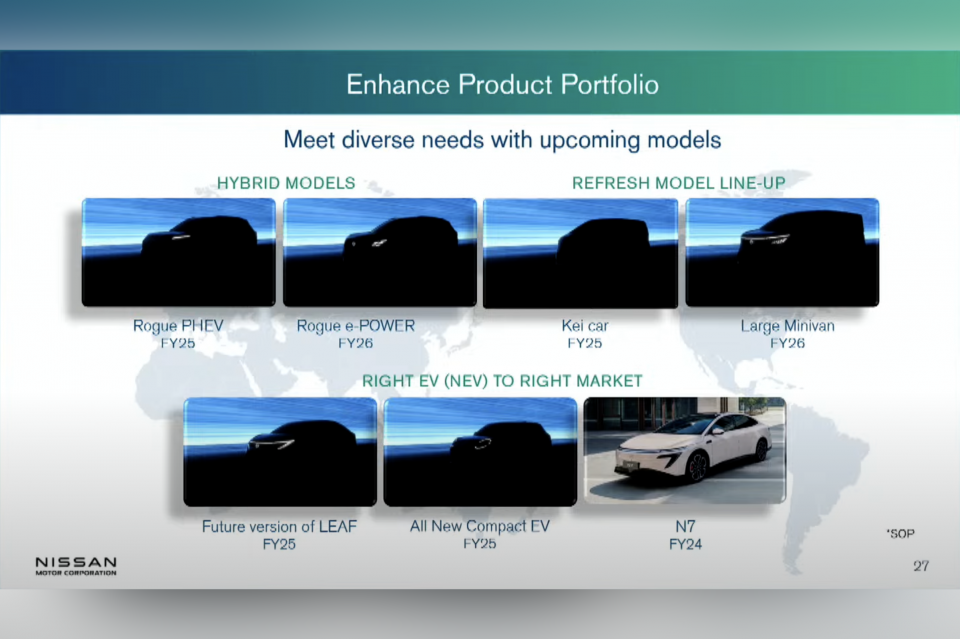
Though the “compact EV” wasn’t given a name, its daytime running light (DRL) design means it’s almost certainly the reborn electric Nissan Micra, first teased in 2022.
It’s set to be based on the CMF B-EV architecture that underpins the retro-inspired Renault 5 E-Tech.
Production-ready designs and specifications have yet to be locked in, however it’s understood the Micra EV will closely follow the looks of the concept from three years ago.
Compared to the Renault 5 E-Tech, this means softer lines, a more flowing silhouette, and circular driving lights recalling the round headlights employed by three generations of the popular micro car.
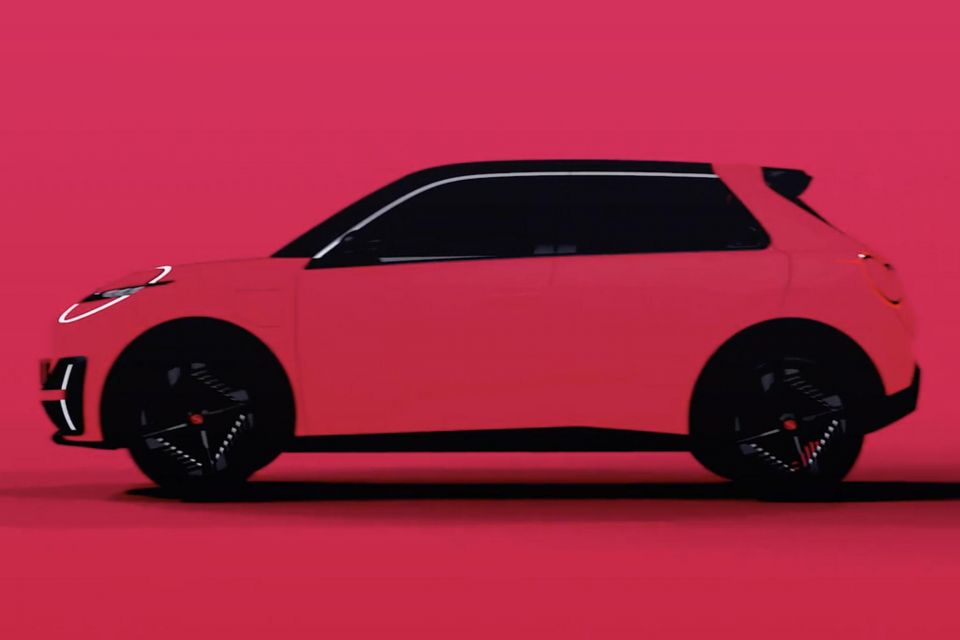
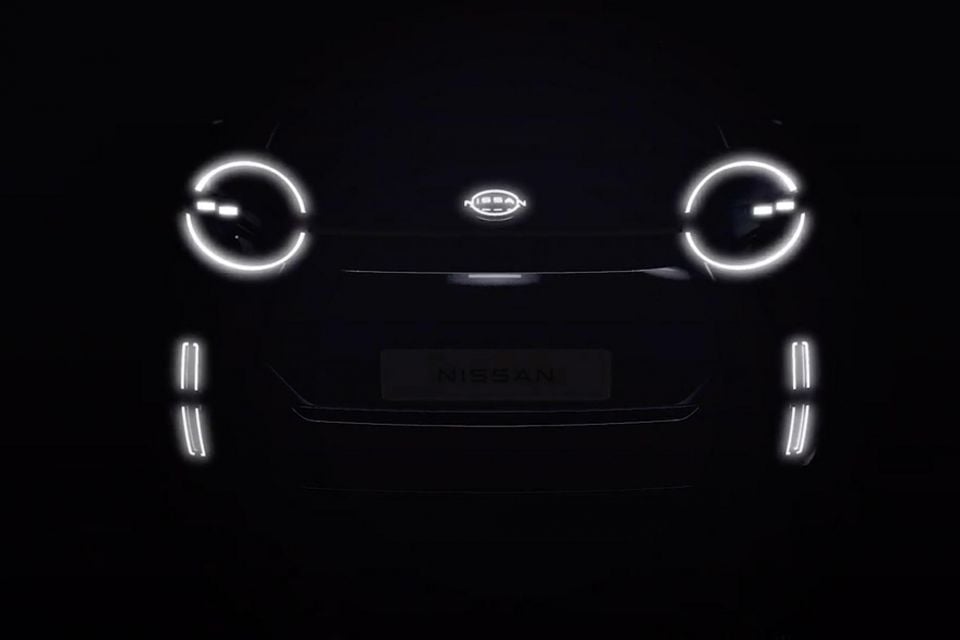
It’s unclear whether any of the Renault’s powertrains will carry across, which currently comprises three single-motor options with up to 110kW and 245Nm, fed by batteries up to 52kWh in capacity.
We do however know a bit more about the upcoming third-generation Nissan Leaf, which will ditch its hatchback roots to become a coupe-styled SUV, taking inspiration from the Chill-Out concept revealed in 2021.
Spy images have shown its shape has changed dramatically from that of its hatchback predecessors, with a raised ride height and sloping coupe-like roofline, while the rear doors appear to be opened via a handle near the C-pillar, rather than on the actual door skin.
The Leaf will be underpinned by the larger CMF-EV platform which not only underpins the Nissan Ariya but also Renault’s Megane E-Tech and Scenic E-Tech.
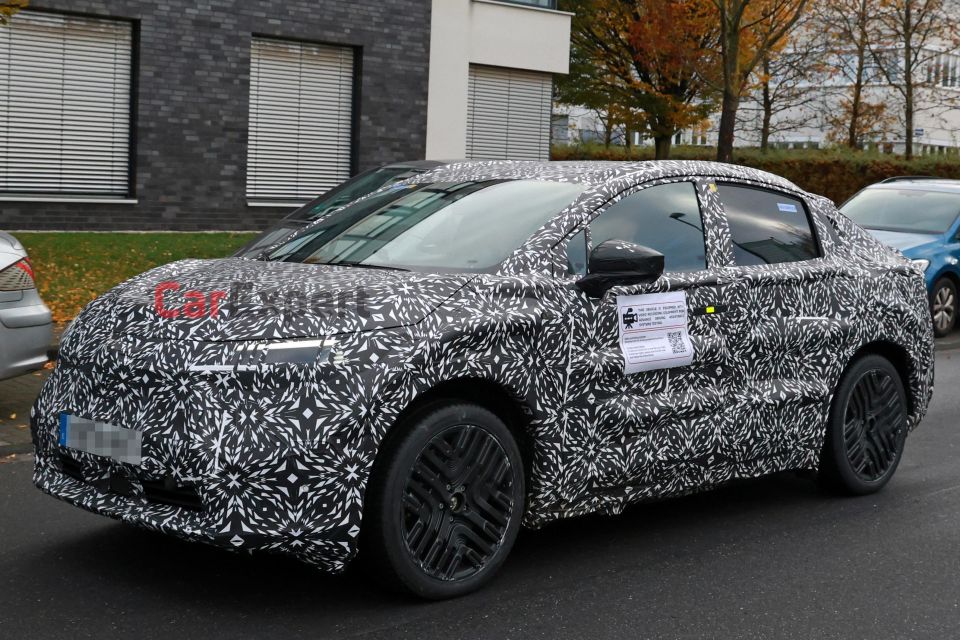
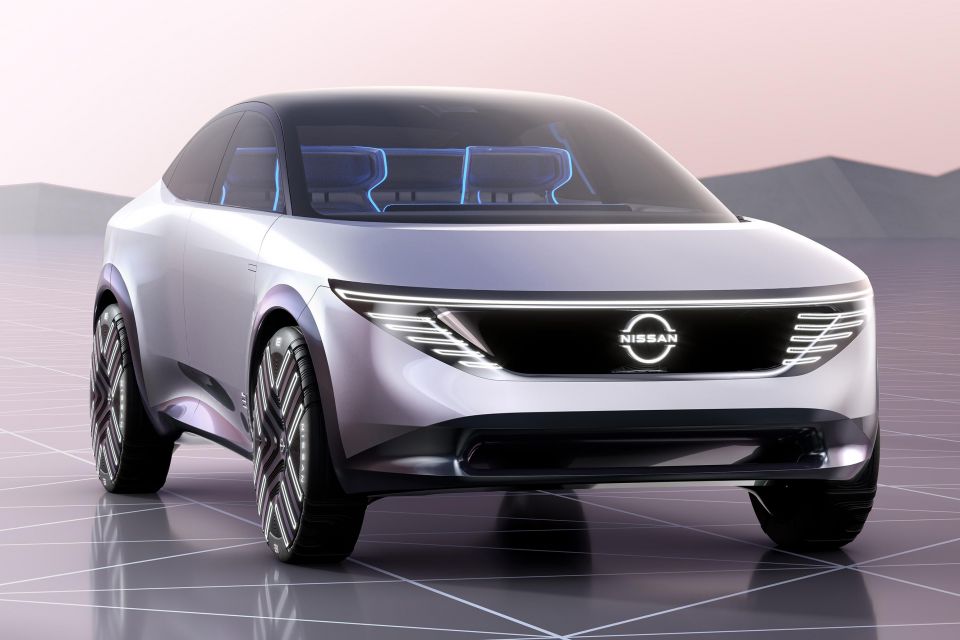
This architecture supports single- and dual-motor layouts with power outputs ranging from 160kW to 290kW in the Ariya, and battery capacities between 65kWh and 90kWh.
It’s understood the Sunderland factory in the UK which built the previous two generations of Leaf for Australia will continue to supply the local market with the third-gen EV.
The plant recently received an investment of £3 billion ($5.8bn) towards upgrades for future models, such as the Leaf and new-generation, electric versions of the Qashqai and Juke.
Both the electric Micra and new Leaf are coming at a critical time for Nissan, which has been facing financial hardship.
Last week – in the same presentation as the vehicle teaser – Nissan pulled out of a proposed merger with Honda and announced the closure of factories and subsequent job cuts.
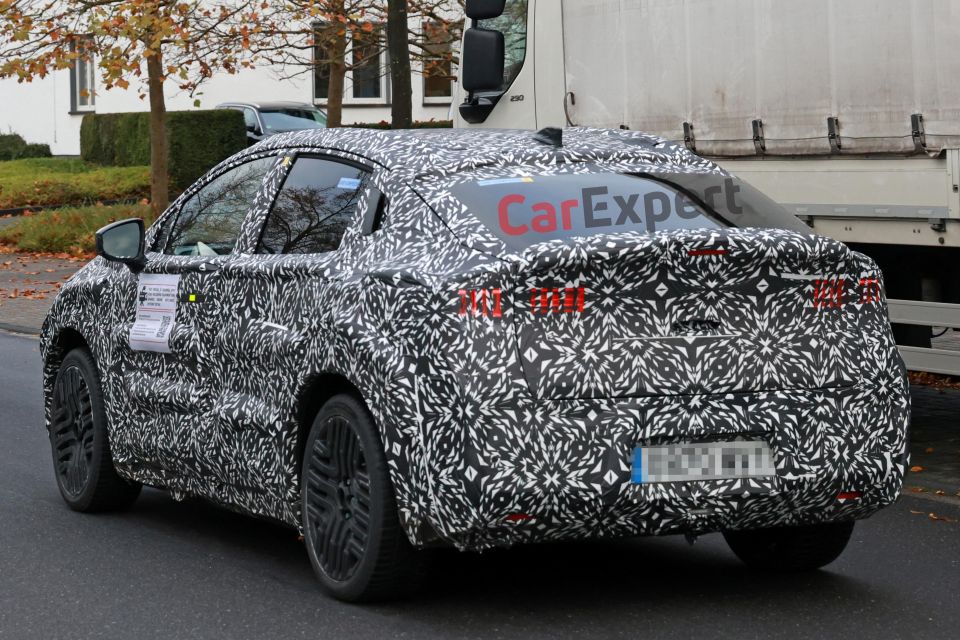
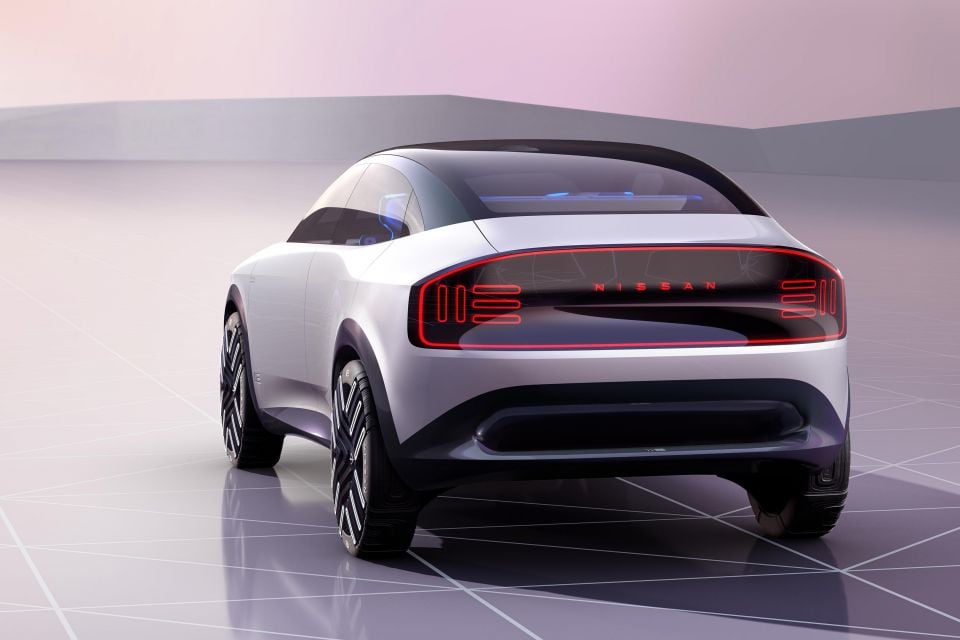
Nissan is planning to cut 400 billion Yen ($4.14 billion) in costs by the 2026 Japanese fiscal year.
For context, its operating profit slid from 478.4 billion Yen ($4.69 billion) in April to December 2023 to 64 billion Yen ($663 million) across the same period in 2024. Its net income also dropped by 320.2 billion Yen ($3.3 billion) to 5.1 billion Yen ($52.8 million).
Nissan last week repeated it expects to cut global production capacity by 20 per cent from five million vehicles to four million by April 2026.
However, it hasn’t yet made any adjustments to its plans of rolling out 35 EVs by 2030 spread across five different platforms.
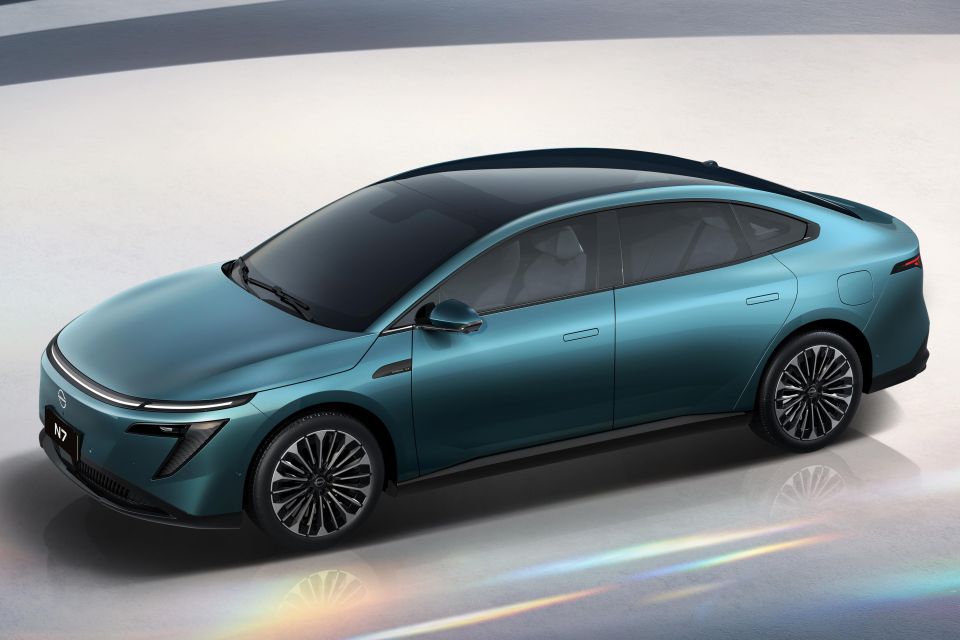
MORE: Everything Nissan Leaf MORE: Nissan announces $24.6 billion electrification plans, four EV concepts MORE: Nissan Micra: New city hatch will be based on Renault 5 EV MORE: Nissan invests billions in transforming UK plant for EV MORE: Nissan’s pioneering Leaf hatch hits end of the road as SUV replacement looms
Where expert car reviews meet expert car buying – CarExpert gives you trusted advice, personalised service and real savings on your next new car.
Born and raised in Canberra, Jordan has worked as a full-time automotive journalist since 2021, being one of the most-published automotive news writers in Australia before joining CarExpert in 2024.


Paul Maric
6 Days Ago
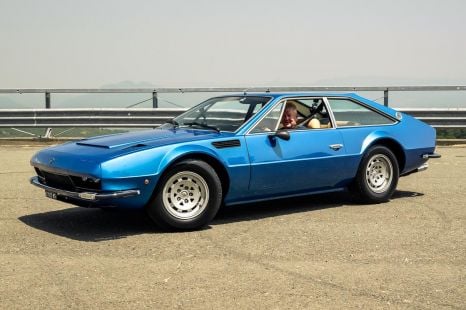

Anthony Crawford
5 Days Ago
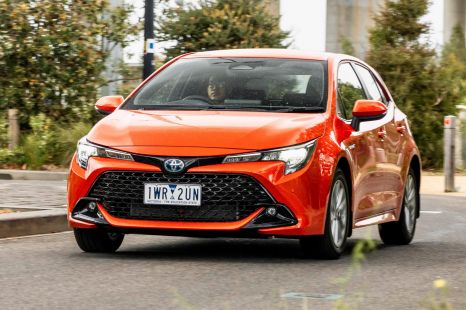

Max Davies
4 Days Ago
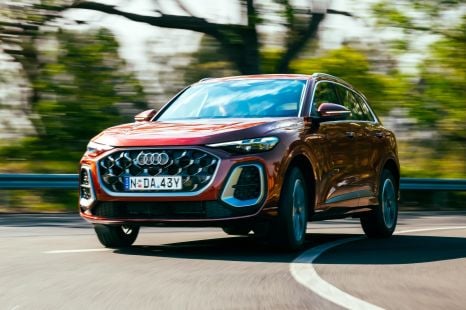

James Wong
2 Days Ago


James Wong
2 Days Ago
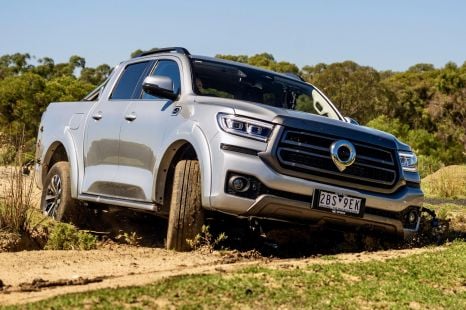

Max Davies
20 Hours Ago